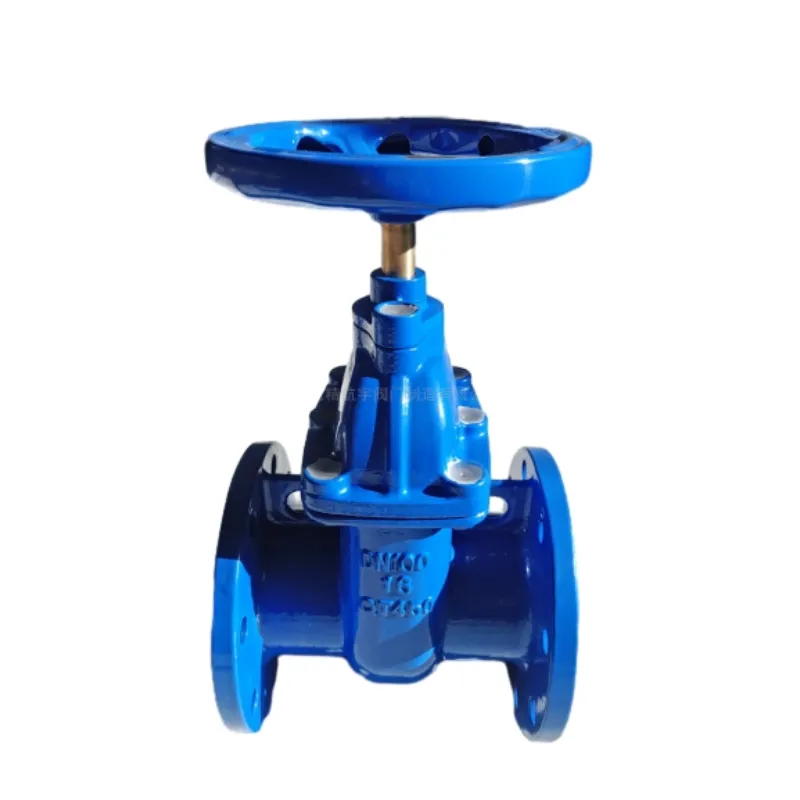Dec . 18, 2024 14:29 Back to list
How to Properly Adjust and Use a Micrometer for Accurate Measurements
Adjusting a Micrometer A Comprehensive Guide
Micrometers are precision measuring instruments widely used in various fields, including machining, automotive engineering, and scientific research. Understanding how to properly adjust a micrometer is crucial for achieving accurate measurements. In this article, we will explore the components of a micrometer, the steps involved in adjusting one, and tips for maintaining its accuracy.
Understanding the Components
A micrometer's basic components include the frame, anvil, spindle, thimble, and ratchet. The frame provides the structure, while the anvil and spindle are the main measuring parts where the object is placed. The thimble, which is attached to the spindle, is rotated to move the spindle closer to or further away from the anvil. The ratchet ensures that the micrometer applies consistent pressure when measuring.
Most micrometers provide a scale that indicates measurements in millimeters or inches. The thimble itself has a graduated scale that, when combined with the main scale, allows for very precise measurements, typically down to 0.001 inches or 0.01 mm.
Steps to Adjust a Micrometer
1. Inspect the Micrometer Before adjusting a micrometer, it's essential to inspect it for any visible wear or damage. Check for dirt, debris, or any obstacles that could impair the functionality of the device. Clean the measuring surfaces with a soft cloth to ensure they are free of contaminants.
2. Zeroing the Micrometer To ensure accurate measurements, start by closing the micrometer fully. The gap between the anvil and spindle should be as close to zero as possible. If the reading is not zero, you will need to adjust it. Most micrometers have a calibration screw located on the thimble or the body of the device. Use this screw to adjust the reading to 0.000 when the micrometer is fully closed.
3. Checking Calibration After zeroing, it is crucial to validate the adjustment by measuring a known standard, such as gauge blocks or calibrated measuring tools. If the measurement matches the standard, your micrometer is correctly adjusted. If not, repeat the zeroing process and recheck the calibration.
adjusting a micrometer

4. Using the Ratchet When making measurements, always use the ratchet mechanism. It ensures consistent pressure is applied to the object being measured, eliminating variability caused by hand-tightening. The ratchet will click once the correct pressure is reached, indicating that you can take your reading.
5. Taking Measurements With the micrometer calibrated and adjusted, you can confidently take measurements. When you do so, ensure that the object is placed properly between the anvil and spindle, and the measuring surfaces are clean.
Maintenance Tips
To maintain the accuracy of your micrometer, consider the following tips
- Regular Calibration Periodically check the calibration of your micrometer, especially if it is frequently used for high-precision measurements. - Proper Storage Always store the micrometer in a protective case to prevent dust and damage. Avoid exposing it to extreme temperatures or humidity, which can affect its accuracy.
- Handle with Care Be gentle when using the micrometer to avoid damaging the delicate parts. Avoid dropping it or exposing it to strong impact forces.
- Periodic Cleaning Regularly clean the measuring surfaces and the body of the micrometer. Avoid using abrasive materials that can scratch the surfaces.
In conclusion, adjusting a micrometer is a straightforward process that requires attention to detail. By following the steps outlined above and incorporating best practices for maintenance, you can ensure that your micrometer will provide accurate and reliable measurements for years to come. With proper handling and care, a micrometer can be an invaluable tool in any precision measurement application.
-
Precision Manufacturing with Advanced Spline Gauge DesignNewsJul.31,2025
-
Industrial-Grade Calibrated Pin Gauges for Exact MeasurementsNewsJul.31,2025
-
Industrial Filtration Systems Depend on Quality Filter DN50 SolutionsNewsJul.31,2025
-
High-Performance Gate Valve WholesaleNewsJul.31,2025
-
Granite Surface Plate The Ultimate Solution for Precision MeasurementNewsJul.31,2025
-
Granite Industrial Tools The Ultimate Guide for Bulk BuyersNewsJul.31,2025
Related PRODUCTS









